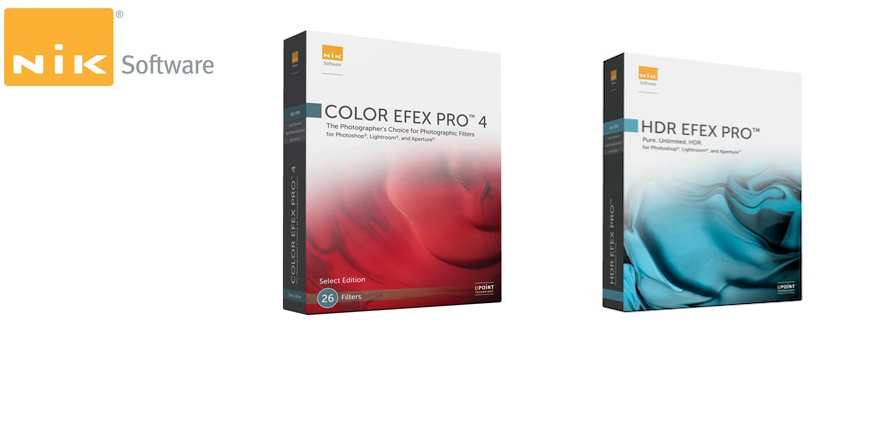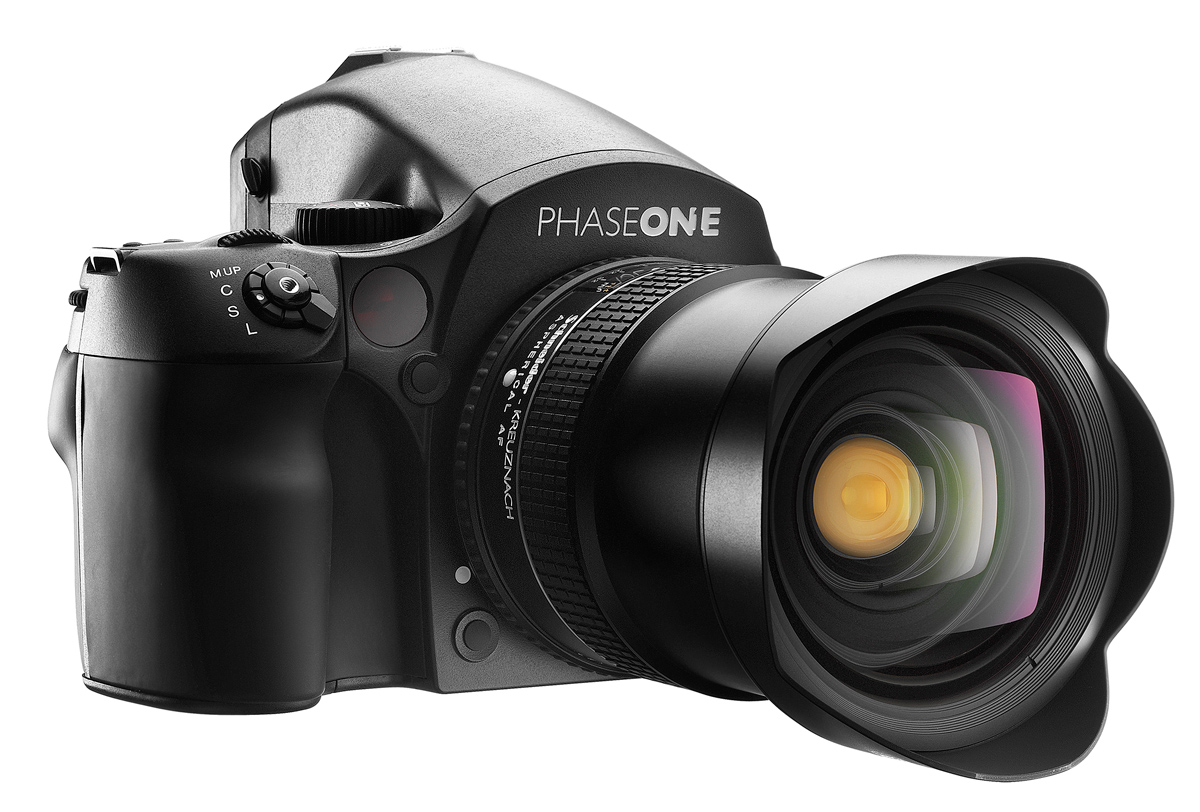Over the past weekend and during the big Photokina show in Cologne Germany, Nik software announced that they had been purchased by Google. The assumption here is that Google is wanting to use the Nik control point technology in some of their apps. As a huge Nik user in my work, this concerns me as what tends to happen in situations like this is that the company that makes the purchase will absorb the smaller one and then the products are taken off the market.
Nik has several really key products for photogrpahy:
Color Efex Pro, HDR Efex Vr. 2, Define, Viveza, Silver Efex Pro are the main products that I use but there are more in the product suite. I noticed today that Nik has the information on their website talking about the merger/takeover by Google. My recommendation is that make sure that all of your products are current via the upgrade process. Nik has been very good in the past in keeping their product set current with both enhancements and bug fixes.
Only time will tell what Google decides to do, but I would not bet on Nik staying in the mainstream very long. This will give on-one a boost as they have several products that overlap the Nik product suite.





Recent Comments